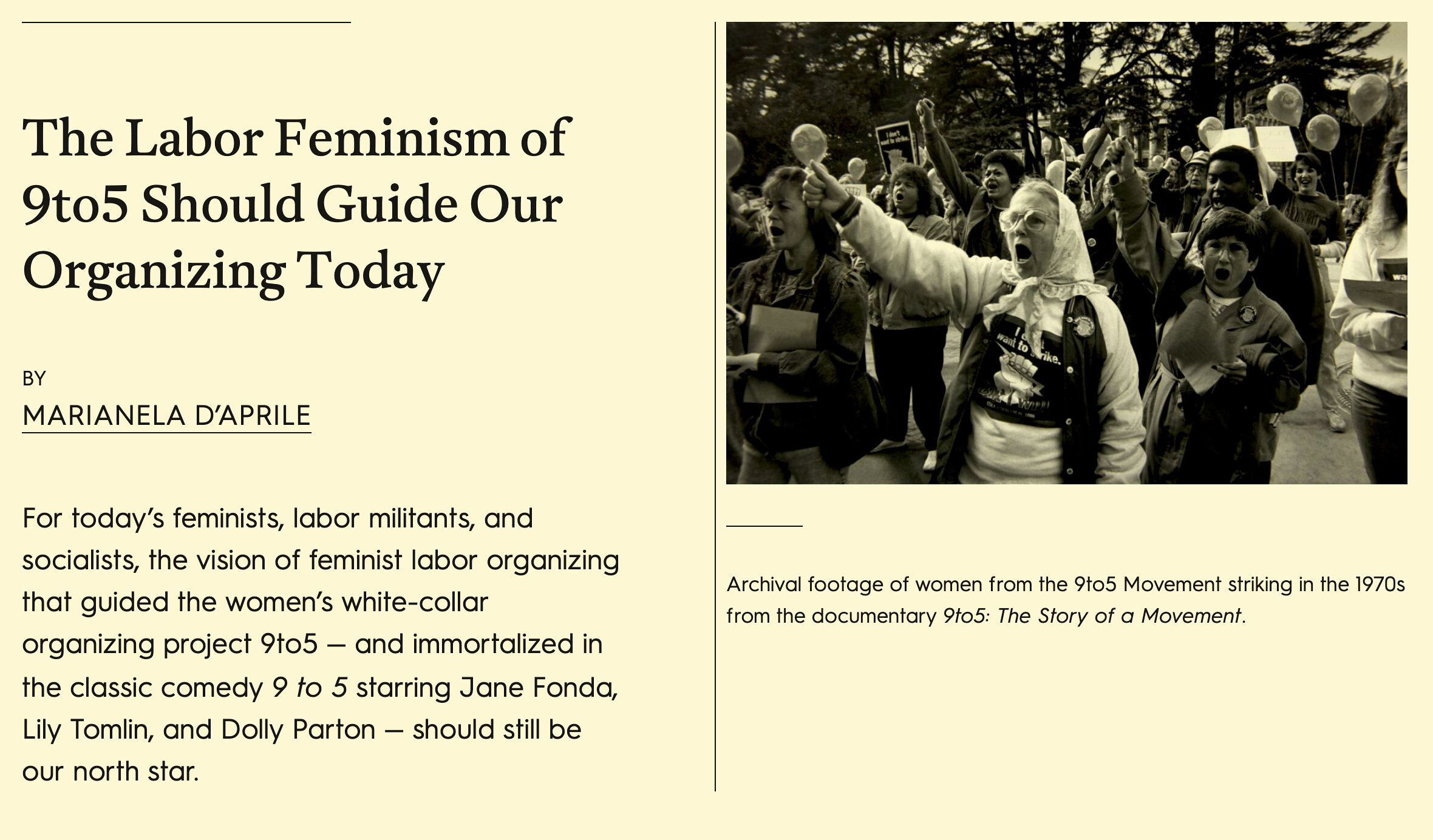"Filipino American Navy" Exhibition and Opening Reception Flyers
Recent Studio Prints
15”x20” images on 17”x22” baryta papers.
Zoom Artist talk for "Filipino American Navy"
October is Filipino American history month. I’m excited, and truth be told, nervous, to give an artist talk about images from my long-dormant “Filipino American Navy” Project. The talk will mark a kick off of sorts for a physical exhibition of prints that will run at the City of Austin’s Asian American Cultural Resource Center @aarcatx till the end of the year.
I’d like to use the talk to present my own background growing up in and among FilAm Navy families, as well as touch on ideas of labor and identity, immigration and belonging, material culture and the possibilities of photographic dignity.
"We live in a time of shifting cultural sands..."
“According to Quiroga’s social media, several wealthy people have offered to purchase the items directly and return them to the country, but the ambassador feels such an approach would only further enable the trade of stolen artifacts and would prefer to reclaim the items under the laws in place to protect Mexico’s cultural heritage.”
More at Hyperallergic
"What Can Museums and Art Orgs Do to Counter Anti-Asian Hate?"
“The group also thinks that museums should reexamine their own institutional practices, and “ask how their role as exhibition-makers, public programmers, educators, and stakeholders within their respective communities might be doing harm to their Asian and Asian diasporic audiences.”
“Art is indeed a conduit for understanding global culture, but can institutions — especially those that collect and display art and artifacts from Asia and the diaspora — extend their care to the people who have created such works and who labor under their roofs?” the group asked.”
Two articles addressing the historical complexities and psychological compromises of Asian American life in the United States
“Being Asian American has always been a bewildering and complicated experience. You move to a new country and think you’ll be treated like an American, but what you really want is to be treated like you’re white, which isn’t possible.
There is a common Chinese saying of 吃苦 (chīkǔ). It translates literally to “eat bitterness,” to swallow our pain and suffering and endure it. We persevere and we don’t complain, and it is seen as a virtue: Work hard for things that people can’t take away from you. In a study of ethnically diverse cancer patients, they found that Asian Americans reported the lowest pain scores. My mom would not have seen the terrifying incident with our old neighbor as something to tell us about. Sharing it would have meant she was complaining. He used words. He didn’t cause her physical harm. He didn’t even use a racial slur. So, maybe it really wasn’t that bad.
...
The damaging model-minority myth suggests that Asians actually have it pretty good in this country, especially compared to everyone else, and propels a perception of universal success (in reality, Asians have the largest income gap with one of the highest poverty rates). It also implies that with higher education and hard work, you can chīkǔ racism. I’ve been shamefully ambiguous as to how prejudiced white America is to Asian Americans, giving white supremacy the “benefit of the doubt” it did not deserve. I’ve been constantly made to feel like I should be grateful for what I have, but what I really have is an uneasy, panicky feeling that I should have spoken up for more and sooner.”
via The Cut
“And here we come to the heart of the complexity of “speaking up” for Asian-Americans. Thanks to the “Model Minority” myth — popularized in 1966 by the sociologist William Petersen and later used as a direct counterpoint to the “welfare queen” stereotype applied to Black Americans — Asian-Americans have long been used by mainstream white culture to shame and drive a wedge against other minority groups.
...
These past few weeks, it seems as if Americans have opened to a kind of knowing. As I saw these recent incidents of anti-Asian violence unfold in the news, I felt a profound sense of grief. But I also experienced something akin to relief. Maybe, I thought, now people will start to respond to anti-Asian violence with the same urgency they apply to other kinds of racism.
But then I started to feel a familiar queasiness in the pit of my stomach. Is this indeed what it takes? A political imagination (or, really, lack thereof) that predicates recognition on the price of visible harm?”
5 Notes for the "Side Hustle"
1. Screen shot taken from an email newsletter
“Wondering how to start a side hustle on Instagram? Spoiler alert: it takes a bit of hard work.
However, with the right strategy, you can build a thriving community and drive those all-important sales, while still holding down a full-time job.”
via Later
2. Roy Wood, Jr on the “side hustle”
3. Squarespace Superbowl Ad
4. “Comments are turned off”
5. “Learn More”
“To accomplish this, 9to5 appealed to women workers through tactics full of humor and personal connection. They held mock contests, such as one for the “pettiest office task,” once awarded to a secretary who had to sew up the crotch of her boss’s pants while he was still wearing them. They made up songs and funny slogans; one flyer featured an illustration of a stick of dynamite struck in a high-heel shoe and read “women in insurance: an explosive situation.” They “pilloried these bosses by name,” as Nussbaum puts it. “We would take the press with us to go announce who the bad boss was that year.”
“We did things that were fun because we wanted to have fun,” Nussbaum says. “It wasn’t a tactic so much as we wanted to build the kind of organization we would want to join.””
via Jacobin
Current Desktop: 3 February 2021
Test Prints from "Into the Middle Distance"
15”x20” image on 17”x22” paper































